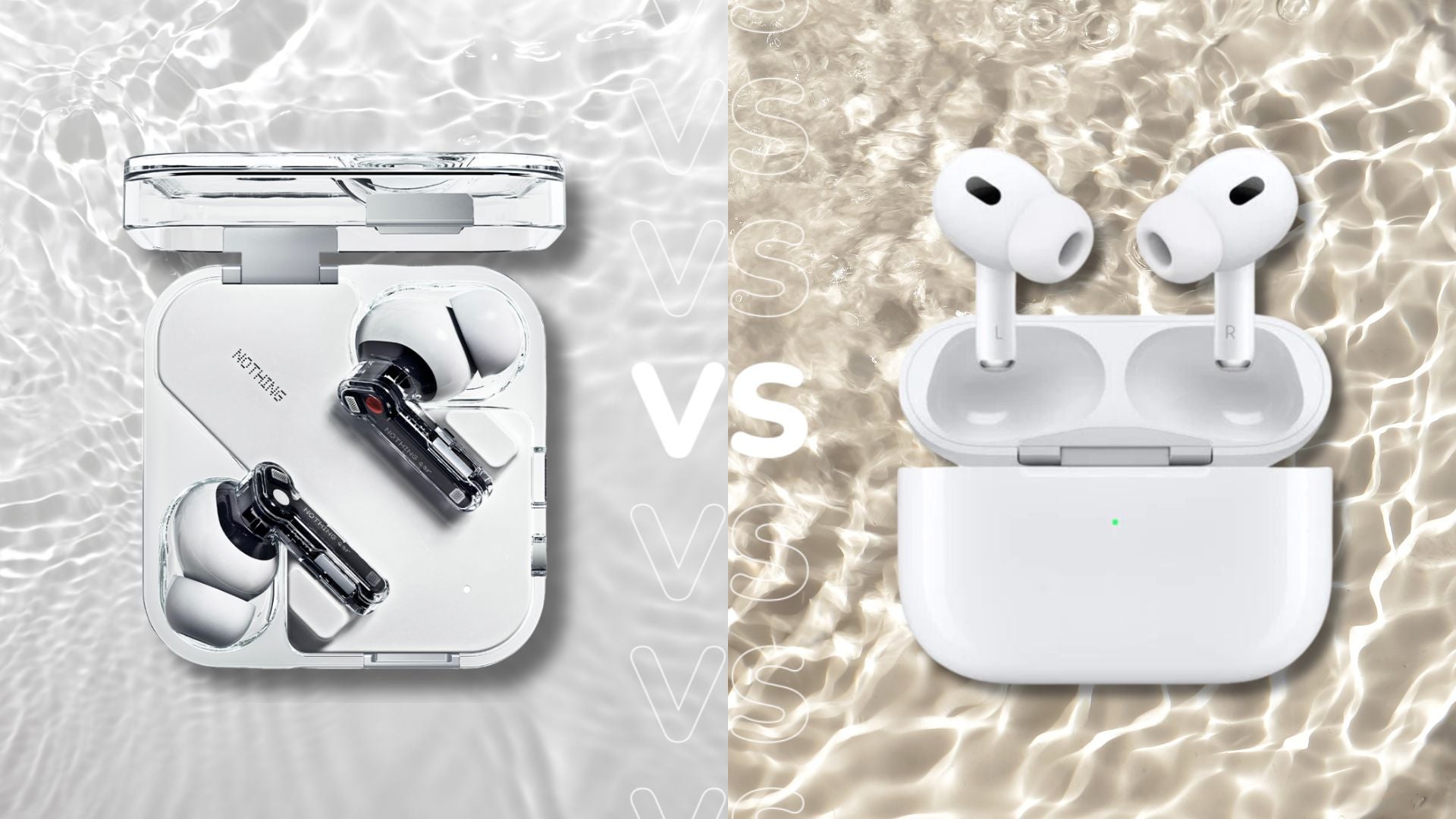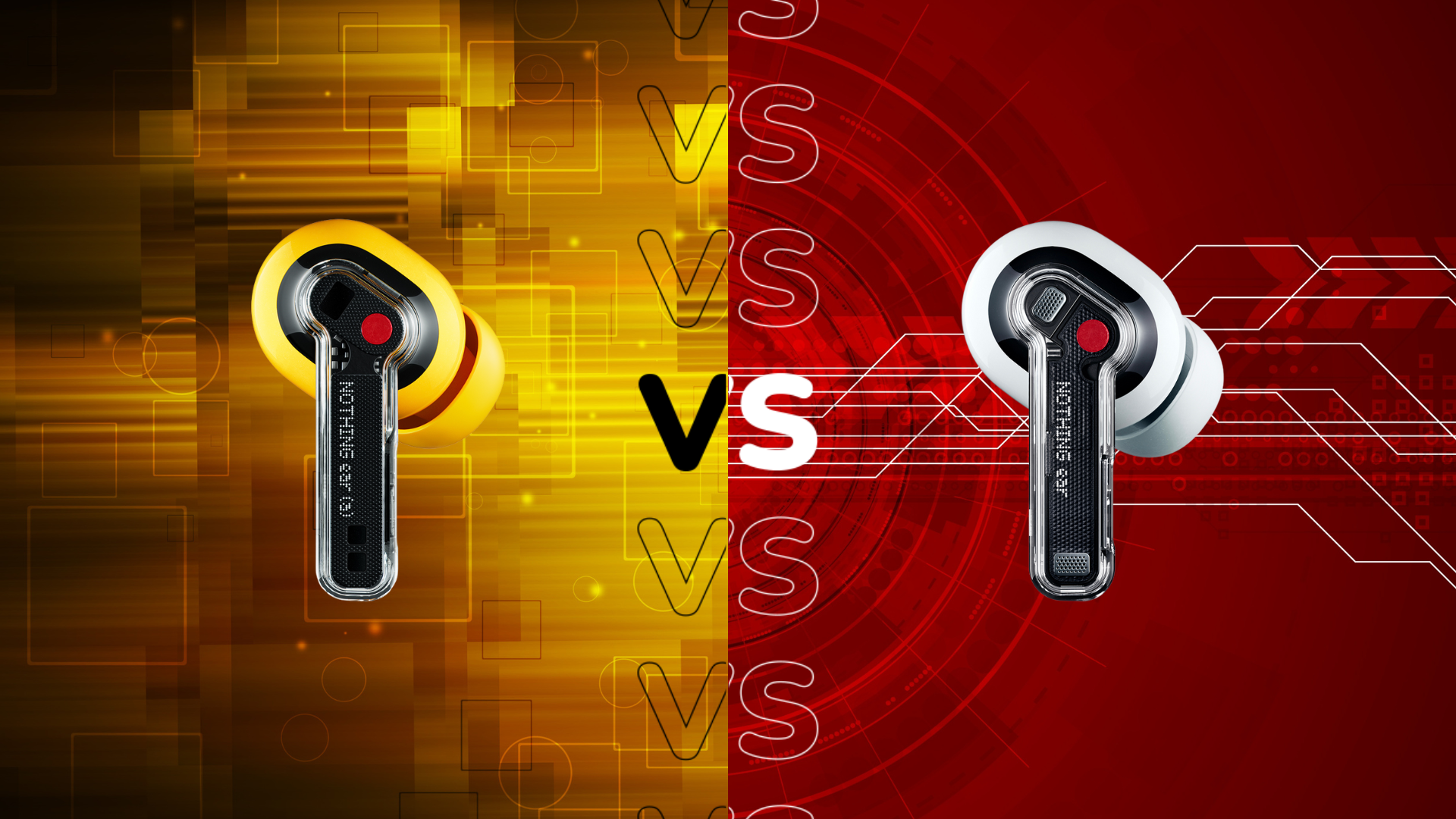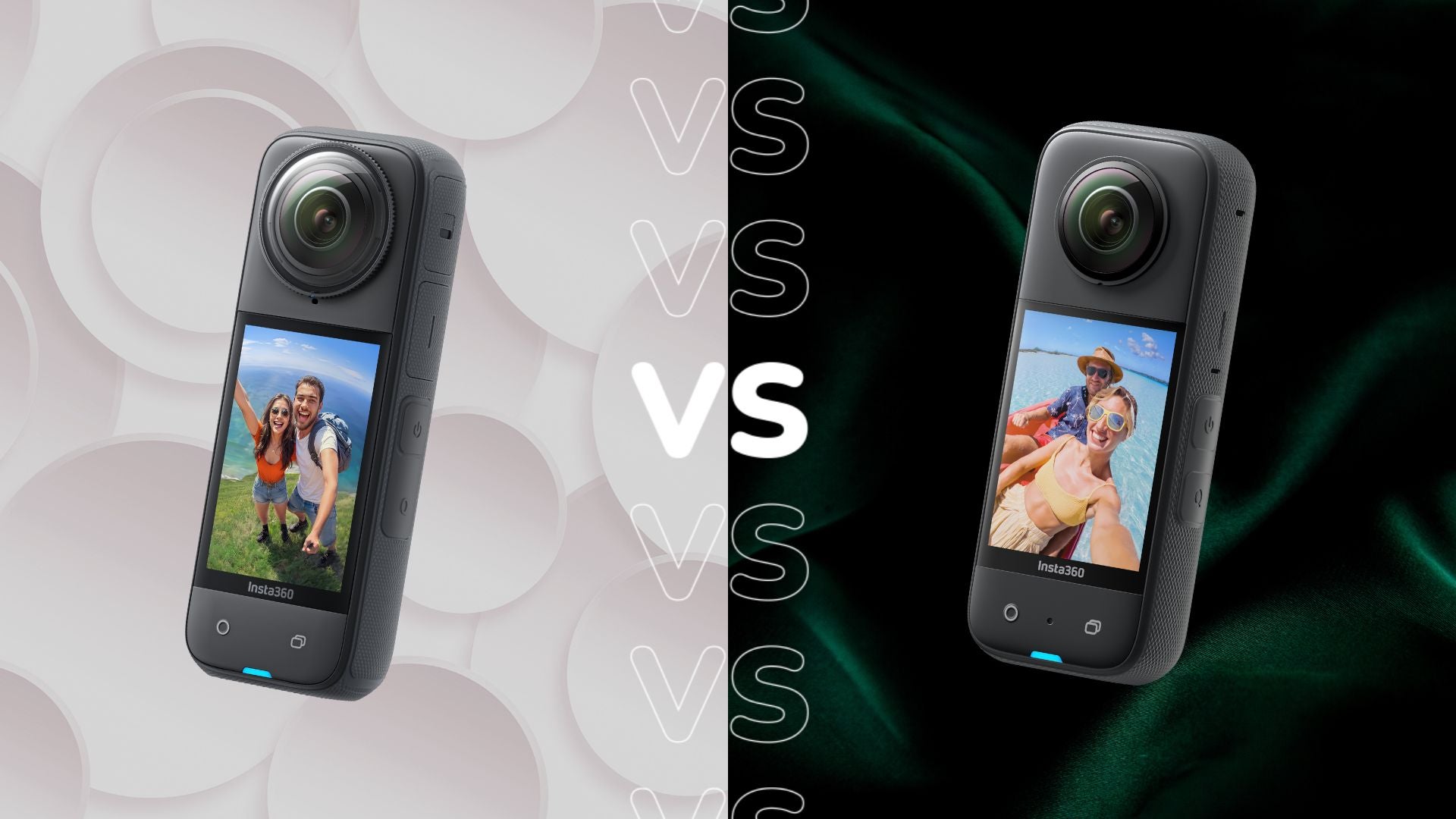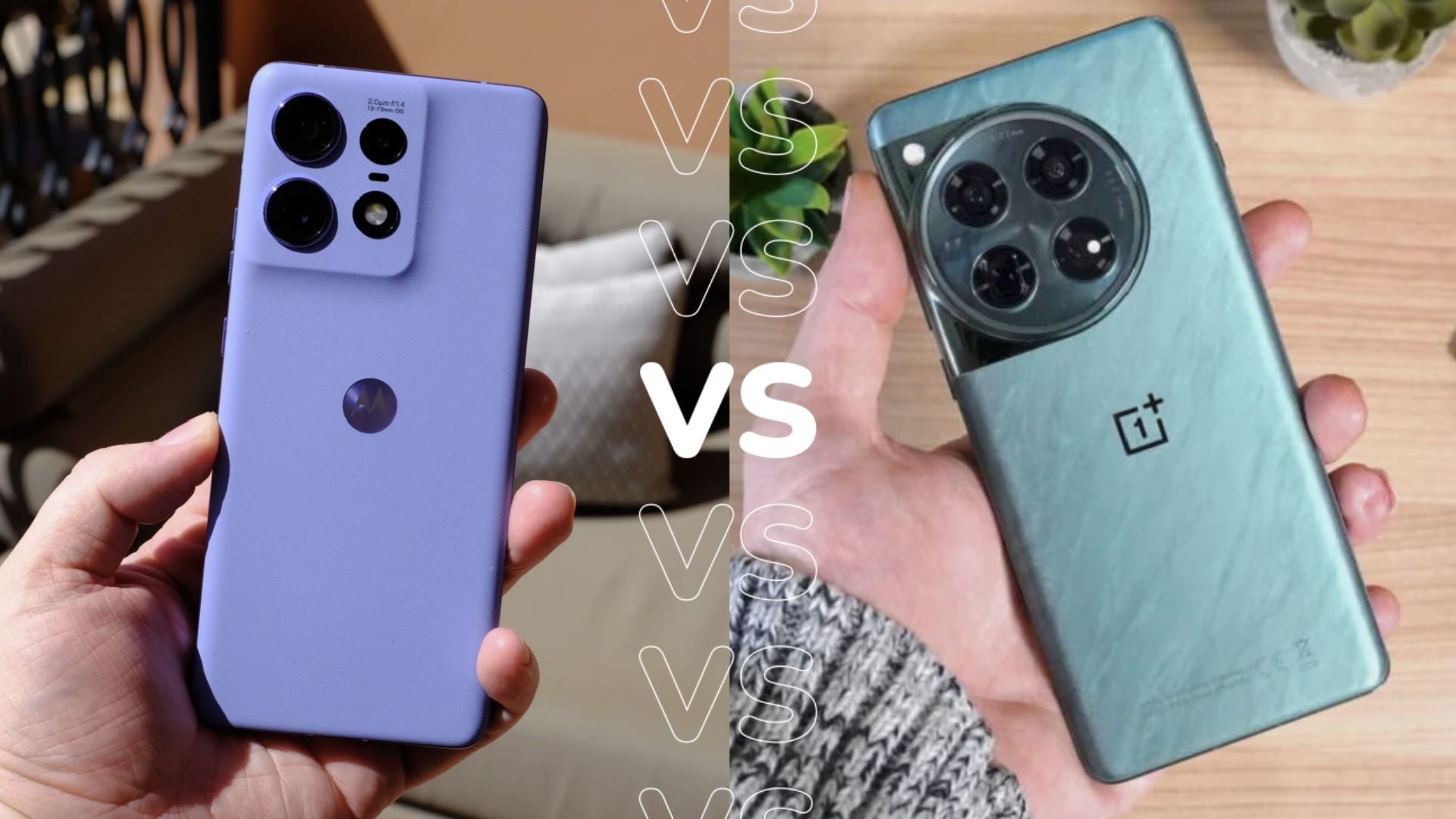Pixel 6a vs Pixel 5a: What’s the best affordable Google phone?
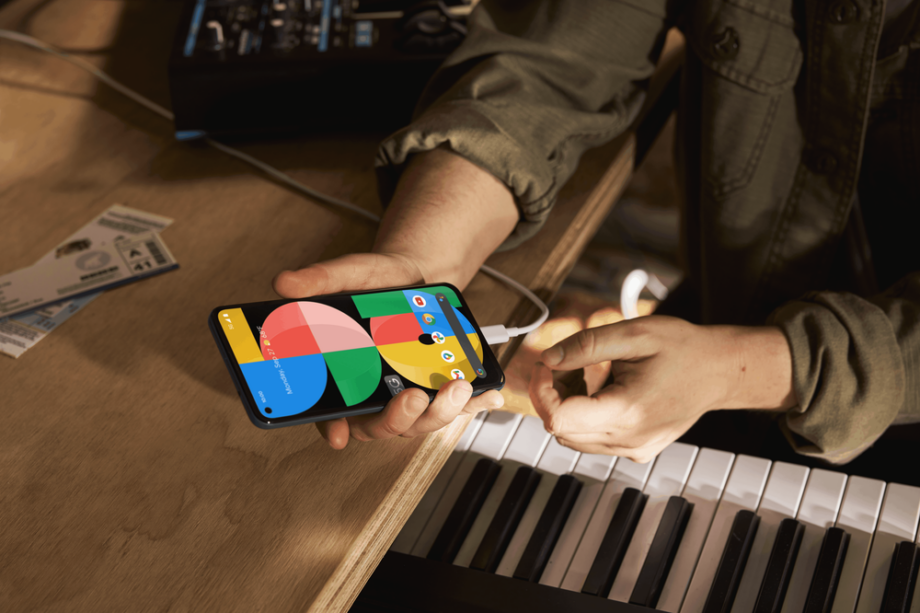
Google has just released the latest budget device in its appealing A series, but is it a qualitative improvement on a predecessor?
Now that the Pixel 6a has been unveiled at Google I/O, is it the best cut-price Google handset you can buy now, or is last year’s Pixel 5a a better bargain?
In this article we give you a detailed breakdown of the newly-announced Pixel 6a specs, and our hands-on experience of the Pixel 5a, in order to answer that question as best we can.
Design
The Pixel 5a had an unadventurous design that very closely resembled its predecessor, the Pixel 4a. The plastic casing certainly didn’t feel very premium, but it was at least solid and offered a reassuring IP67 rating against water or dust ingress.
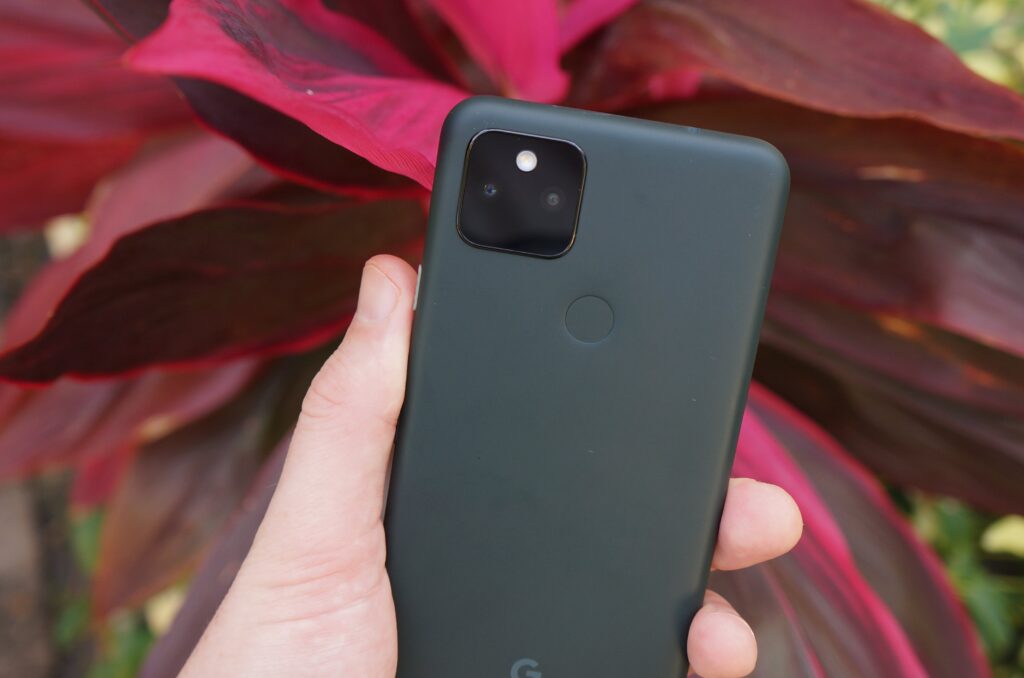
On the other hand, the Pixel 6a much more closely resembles the premium Pixel 6 series of phones, with a large camera bar spanning the rear panel, and it’s certainly more interesting to look at because of that. What’s more, it has a metal frame rather than being made just in plastic. There are three colour shades available for this device; chalk, charcoal, and sage.
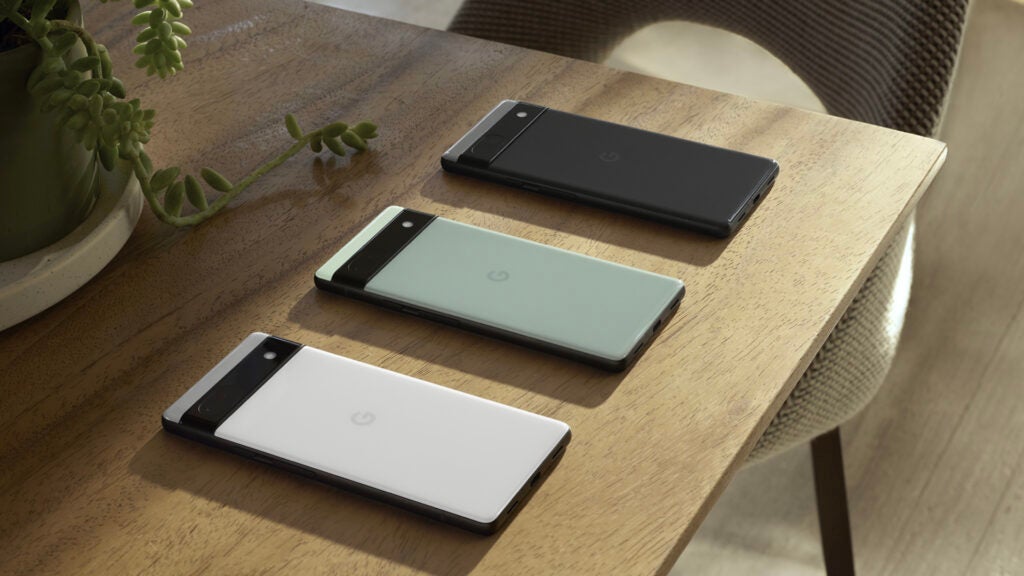
Overall, the premium build and the more extensive colour range make us bigger fans of the new Pixel 6a’s design.
Screen
The Pixel 5a’s OLED screen measured 6.34 inches, and it’s got a 1080p resolution. In our review, we found it to be vivid, responsive, and bright, with the HDR support giving an extra punch to the colours, and the brightness ramping up effectively when under direct sunlight. However, the refresh rate is stuck at a measly 60Hz rather than the enhanced rates that are offered by many other mid-rangers, so scrolling may not seem as smooth as on rival screens.
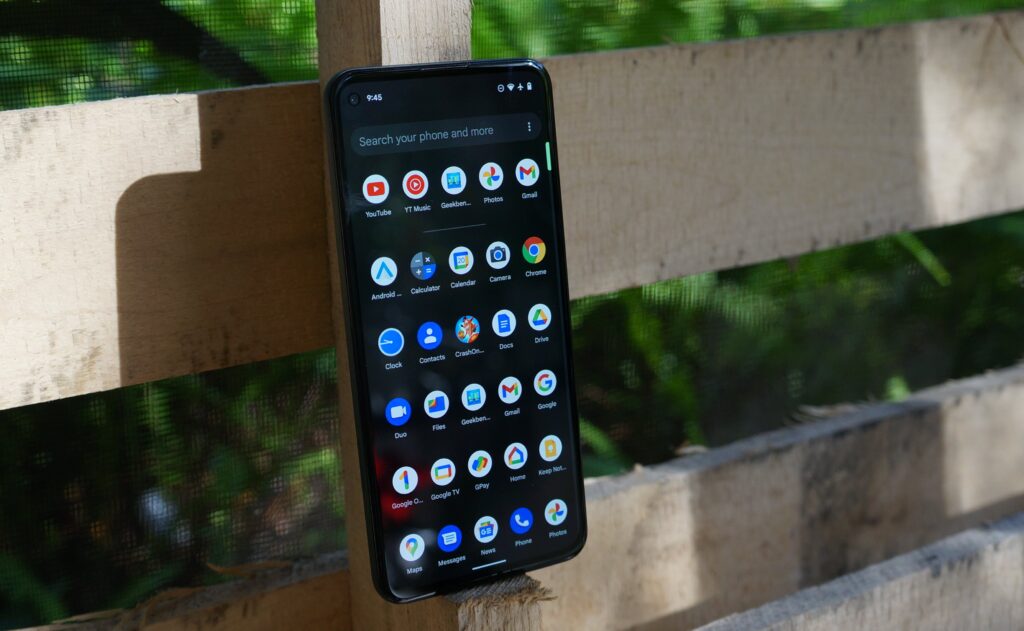
The Pixel 6a’s OLED screen is slightly smaller at 6.1-inches, but aside from that it’s actually very similar to its predecessor, with the same 1080p resolution and the same 60Hz refresh rate. Size is the only real discrepancy, but the 0.24-inch difference is unlikely to be a major selling point if you’re choosing between them.
Camera
The camera is very often the highlight of each and every Pixel handset, and that was certainly the case with the Pixel 5a. It rocks the same camera specs as the Pixel 5 and Pixel 4a 5G, with a 12.2-megapixel main sensor and a 16-megapixel ultrawide, and likewise delivered excellent all-round performance – being especially good when shooting in low light conditions. The front-facing camera also produced very pleasing selfie shots, with a popping bokeh effect.
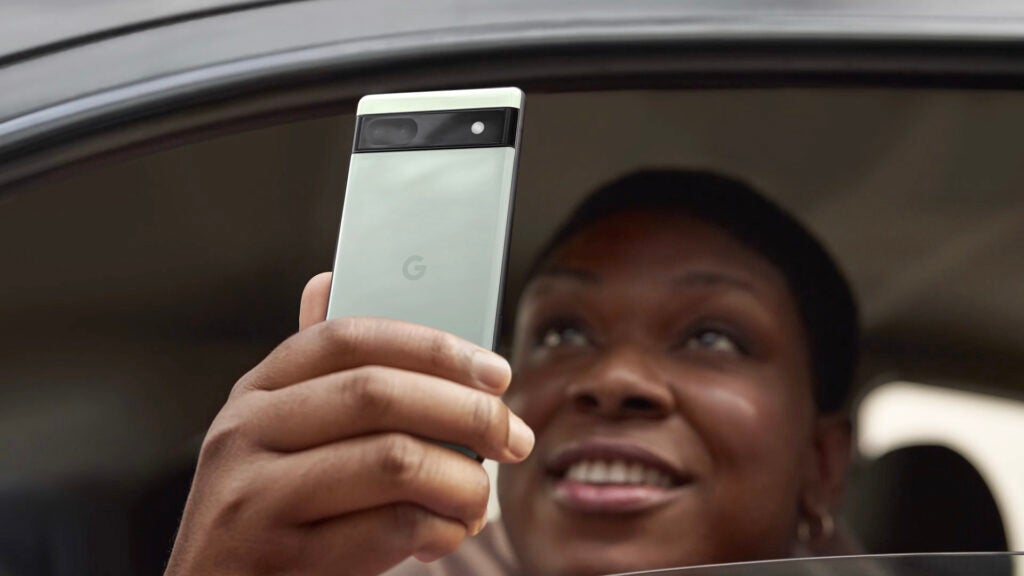
The Pixel 6a has an impressive camera system too, with a 12.2-megapixel main lens and a 12-megapixel ultrawide on the rear, along with the same selfie set-up as the premium Pixel 6. Moreover, it adds some excellent software options too, including Real Tone to capture skin tones authentically, and Magic Eraser to remove unwanted objects from your shots. These are killer features which could set the Pixel 6a apart from its rivals, but we’ll have to try out the cameras in a full review before we deliver our judgement.
Performance
The Pixel 5a runs on a Snapdragon 765G chipset, which was a little dated even at the time of release but still holds up fairly well, especially as it’s supported by a healthy 6GB of RAM. Gaming performance was good but not great, though unless you’re a power user then you’ll probably find that this handset is capable enough for your needs.
On the other hand, the Pixel 6a adopts the Tensor chip, which was Google’s first foray into mobile silicon and is the same top-tier processor that powers the Pixel 6 Pro. When testing that phone we found that “apps open instantly, games run chug free, even with their graphics settings maxed and I’ve been able to comfortably edit images using Photoshop Express with zero issues.” We hope to see similar performance from the Pixel 6a as well, in which case it would be hard to beat for the price.
Battery
The Pixel 5a has a healthy 4680mAh battery capacity, and this was enough to see us through a day’s regular usage. That said, it drained particularly quickly when running video games; after just an hour of gaming, the charge had dipped by 12%. This cell is supported by 18W charging, which topped the battery up from empty to full in just under two hours.
The Pixel 6a has a slightly smaller 4410mAh capacity, but Google has set expectations high by saying that “the battery lasts a really, really long time.” More specifically the manufacturer claims that the Adaptive Battery can endure over 24 hours, by prioritising your favourite apps over ones you rarely use. As for charging, you’ll apparently get “hours of power” from a few minutes’ charge.
Price and Availability
The Pixel 5a has an RRP of $339, which places it firmly in the ranks of mid-range smartphones. However, unfortunately for most customers around the world it will prove elusive to get hold of at any price; it’s only available to buy in the United States and Japan.
The Pixel 6a has a considerably higher starting price than its predecessor, going for $449 (£399). That’s understandable, given the premium chipset for instance, but it does make it a harder sell if you’re on a budget. It will be available for pre-order on July 21, and available to buy in stores on July 28.
Early Verdict
Overall it seems that the Pixel 6a will probably be a higher performing phone, with its key feature arguably being the Tensor chipset, the same as you’ll find on the Pixel 6 Pro. It’s also got a more appealing design, and we’re excited to see how the camera performs in action. However, it costs significantly more money than the Pixel 5a ever did, so if you’re counting the pennies then you’ll find that the Pixel 5a is still a very promising package.


